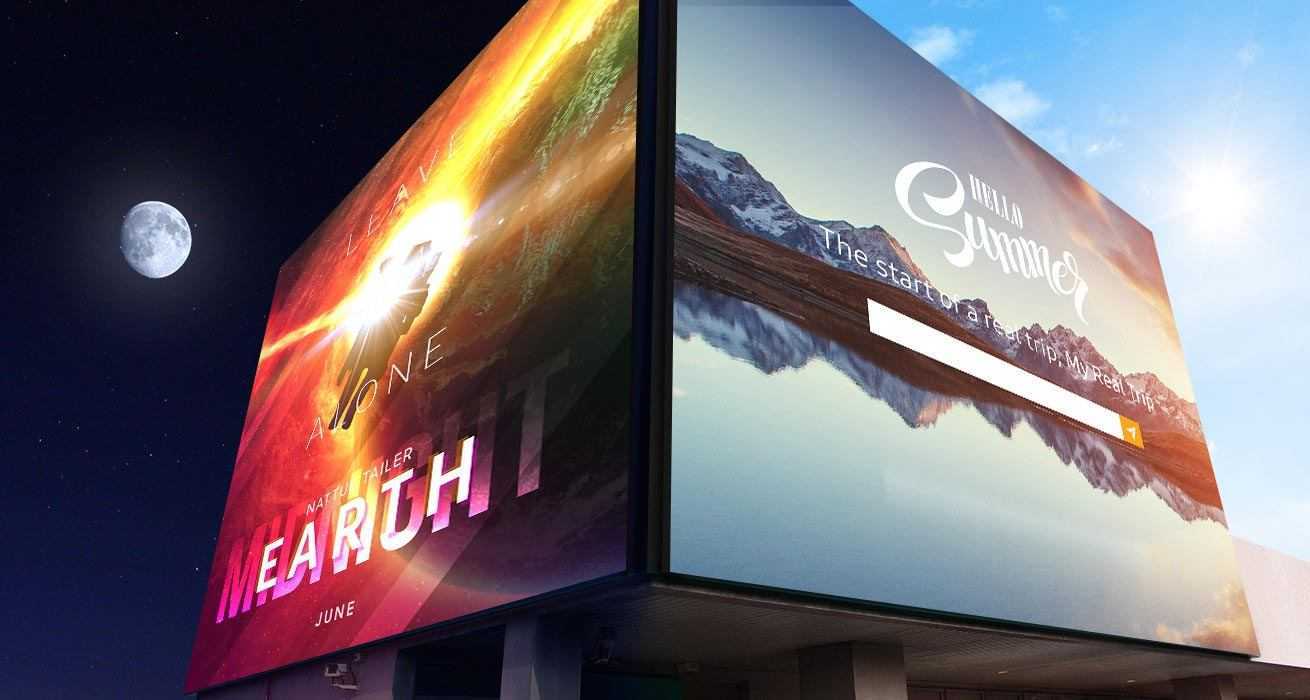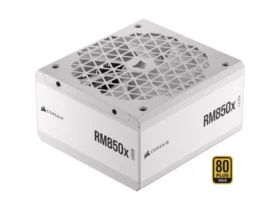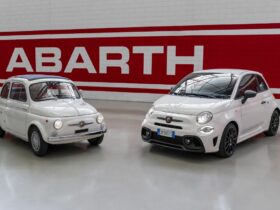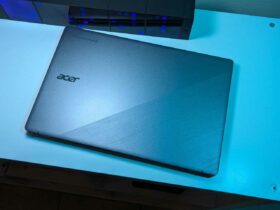A Ledwall is a large LED screen, which can reach those of an entire wall, as the name also states in English.
This type of display is used as an advertising medium, both inside shops or shopping centers, and outdoors, for example as a contemporary alternative. to old billboards.
Why use LEDs in advertising
The answer to this question is very simple: LEDs allow to transmit images in high quality, despite the large size of the panel. Furthermore, this technology allows excellent vision in any lighting condition, even from angles with a non-ideal view, also offering low electricity consumption and long life. Some of these features are what made us replace the traditional light bulbs in the house with the new LED versions. We are talking in particular of the low consumption and long life of the diodes that make up the LED panels. In fact, a television screen as large as a LED wall it would be complex to produce without LED technology, in addition to having a high energy consumption, which alone would motivate those who want to use it to change the method of communication.
The quality of an LED screen
In addition to the features mentioned above, LED screens also offer additional qualities, as confirmed by the manufacturers of these displays on the site https://www.macropix.it/ledwall/. The resolution of a ledwall can be optimal, without having to spend astronomical amounts for the production of the panel. The definition of a large LED screen is defined by the concept of pixel pitch, ie the distance between the individual pixels obtained with LED diodes. The smaller this measurement is, the more defined the image will be, as the resolution increases inversely proportional to this data. The pixel pitch of a ledwall can vary from 0.7 mm up to over 50 mm; the highest resolutions, therefore the lowest pitch, are used for LED panels to be installed indoors. While the lower ones are more suitable for outdoor panels, as the viewer is usually at a greater distance from the structure.
The distance to an LED screen
In our homes we tend not to consider this data, especially since the use of OLED or QLED panels is substantially shortening it. LED displays, however, need a specific distance to position themselves, in order to be able to admire the images transmitted to the fullest. LED walls use traditional LED panels, not the new organic diode panels; for this reason it is important to evaluate the pitch, also known as wheelbase or wheelbase, also thinking about the distance at which the panel will be placed with respect to those who are looking at it. As we said, for outdoor led walls it is not necessary to have an excessively low pitch; LEDs with a pitch greater than 10 mm are usually sufficient. If, on the other hand, the panel will be placed inside a building, for example in a showroom, then a pitch of less than 2 mm may be the optimal solution, which allows to obtain resolutions close to 4K.















